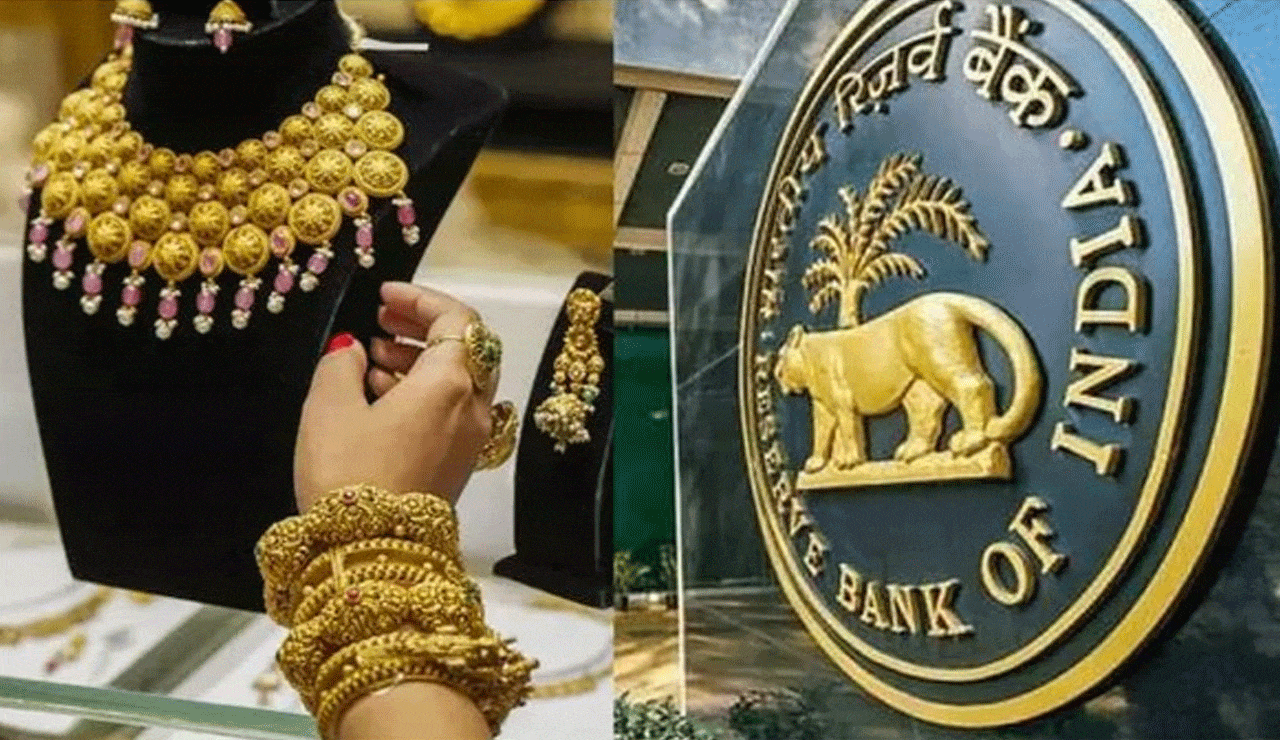RBI Proposes Key Guidelines for Gold Loans: All You Need to Know
n an effort to bring greater transparency and regulation to gold loans, the Reserve Bank of India (RBI) has proposed standardized guidelines aimed at protecting both lenders and borrowers.

In an effort to bring greater transparency and regulation to gold loans, the Reserve Bank of India (RBI) has proposed standardized guidelines aimed at protecting both lenders and borrowers. These new rules, once implemented, are expected to clarify lending terms and reduce risks associated with gold-backed loans.
Table of Contents
1. Loan-to-Value (LTV) Ratio Capped at 75%
As per the draft guidelines, RBI recommends capping the Loan-to-Value (LTV) ratio at 75% for all gold loans. This means if your gold is worth ₹100, you can borrow a maximum of ₹75. This is a rollback from the temporary increase to 80% allowed during the COVID-19 pandemic.
Also Read: Miss World Beauties Dance to the Viral Telangana Folk Song ‘Ranu Bombayki Ranu’
2. Proof of Ownership for Gold Mandatory
Borrowers must provide proof of gold ownership. If a purchase receipt is unavailable, a declaration will be required. In case of doubts about the ownership of the pledged gold, lenders are advised not to approve the loan.
3. Purity Certificate Requirement
Lenders must issue a purity certificate to the borrower, detailing the gold’s purity, weight, valuation, and image. This enhances transparency and ensures borrowers understand how the gold was evaluated.
4. Only High-Purity Gold Eligible for Loans
Gold jewellery or coins of 22 carats or higher purity are eligible. Indian Gold Coins manufactured by MMTC are also acceptable if sold through banks and conform to RBI standards.
5. Silver Loans Also Permitted
For the first time, loans can be taken against silver jewellery or coins with a minimum purity of 925. However, these must be specially minted and sold by banks to qualify.
6. Weight Limitations on Pledged Gold
Each borrower can pledge a maximum of 1 kg of gold jewellery and 50 grams of gold coins. There are no specific weight limits for individual gold articles except coins.
7. Gold Valuation Standardized
Gold pledged with less than 22-carat purity will still be valued based on the 22-carat gold rate, ensuring a consistent valuation method across all lenders.
8. Mandatory Detailed Loan Agreements
Lenders must provide borrowers with detailed loan agreements, including information on the gold pledged, auction procedures, notice periods, repayment timelines, and any applicable charges.
9. Timely Release of Gold
Once the loan is repaid in full, lenders must return the pledged gold within 7 working days. Failing this, they must pay a penalty of ₹5,000 per day for the delay.

